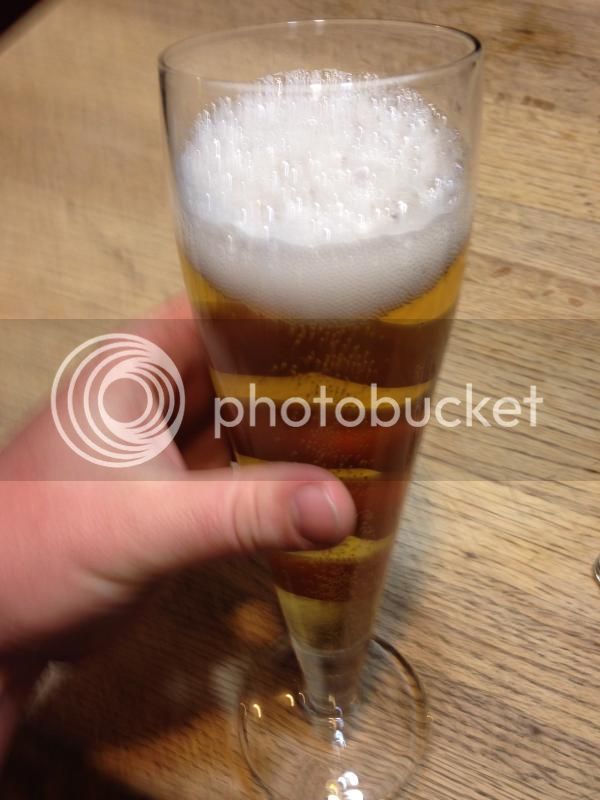I'm a cold-crasher and bottle conditioner/carbonator.
I cold crash because I dry hop anywhere from 2-4 ounces for a super pungent nose. Mostly pine-y and citrus-y IPAs.
Without the crash, I'm way too cloudy for my liking, but I'm not getting the carbonation or head retention I would prefer.
I often ferment 3-4 weeks between 64° and 68° depending on my yeast. The beers get a nice cleanup and when finished, have no off flavors and a wonderful nose.
I condition these hoppy beers between 70° and 76° for up to 4 and 5 weeks, depending on what the weather is doing to my closet at the time.
I would say I average between 4 and 5 oz. of priming sugar in each 5 gallon batch.
Is my yeast just dead? Crash just too much for it after a long fermentation?
There -must- be yeast in suspension still, and I'm giving it PLENTY of time to get back to work as long as I'm conditioning for.
I realize force carbing would give me the best results, but I just can't get into kegging right now.
I find myself extremely envious of the light, tall heads with amazing retention and rising, champagne-like bubbles in my favorite brews.
Tips? Any "pro" bottle conditioners on here have pointers?
Every thread I've read on this forum seems to touch on things I'm already doing. I'm stumped.
Thanks in advance,
Brad
I cold crash because I dry hop anywhere from 2-4 ounces for a super pungent nose. Mostly pine-y and citrus-y IPAs.
Without the crash, I'm way too cloudy for my liking, but I'm not getting the carbonation or head retention I would prefer.
I often ferment 3-4 weeks between 64° and 68° depending on my yeast. The beers get a nice cleanup and when finished, have no off flavors and a wonderful nose.
I condition these hoppy beers between 70° and 76° for up to 4 and 5 weeks, depending on what the weather is doing to my closet at the time.
I would say I average between 4 and 5 oz. of priming sugar in each 5 gallon batch.
Is my yeast just dead? Crash just too much for it after a long fermentation?
There -must- be yeast in suspension still, and I'm giving it PLENTY of time to get back to work as long as I'm conditioning for.
I realize force carbing would give me the best results, but I just can't get into kegging right now.
I find myself extremely envious of the light, tall heads with amazing retention and rising, champagne-like bubbles in my favorite brews.
Tips? Any "pro" bottle conditioners on here have pointers?
Every thread I've read on this forum seems to touch on things I'm already doing. I'm stumped.
Thanks in advance,
Brad





